Franz Baader
Technische Universität Dresden
Evonne: Interactive Proof Visualization for Description Logics (System Description) -- Extended Version
May 19, 2022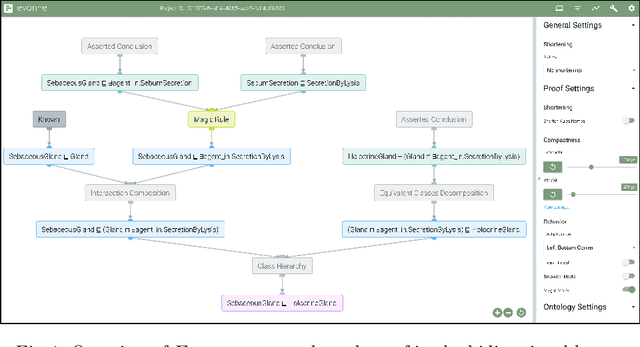
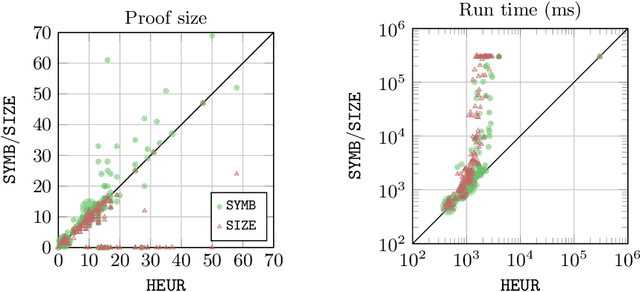
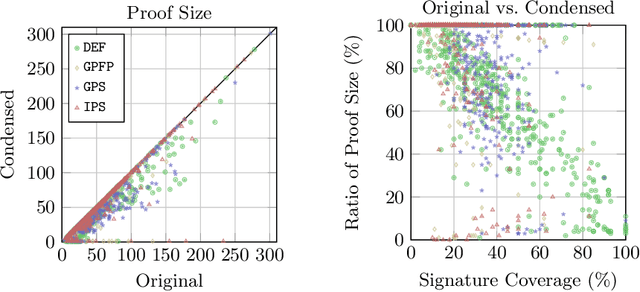
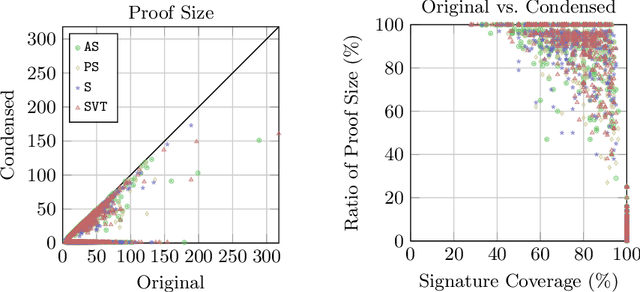
Abstract:Explanations for description logic (DL) entailments provide important support for the maintenance of large ontologies. The "justifications" usually employed for this purpose in ontology editors pinpoint the parts of the ontology responsible for a given entailment. Proofs for entailments make the intermediate reasoning steps explicit, and thus explain how a consequence can actually be derived. We present an interactive system for exploring description logic proofs, called Evonne, which visualizes proofs of consequences for ontologies written in expressive DLs. We describe the methods used for computing those proofs, together with a feature called signature-based proof condensation. Moreover, we evaluate the quality of generated proofs using real ontologies.
Efficient TBox Reasoning with Value Restrictions using the $\mathcal{FL}_{o}$wer reasoner
Jul 27, 2021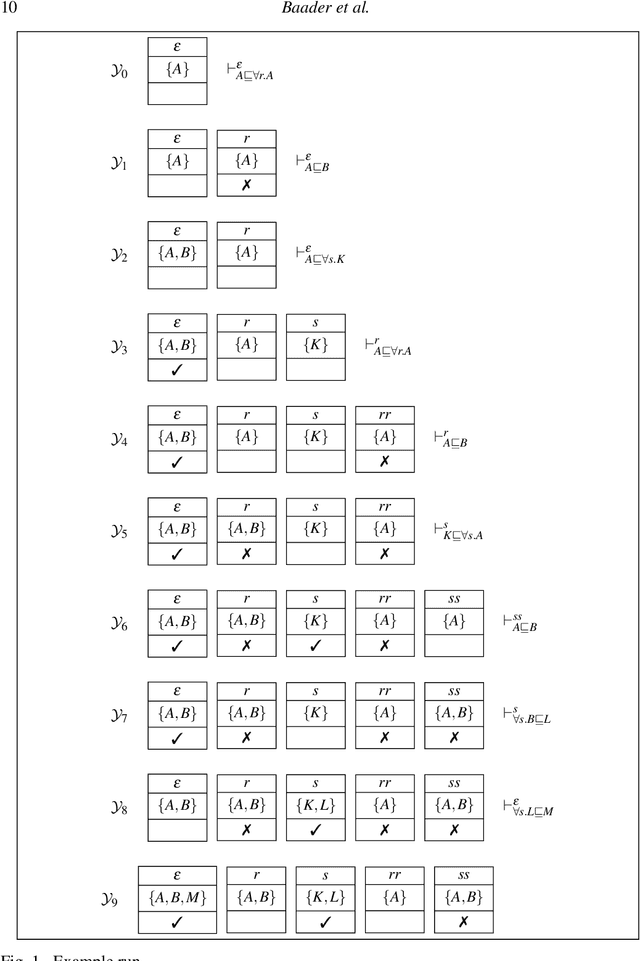
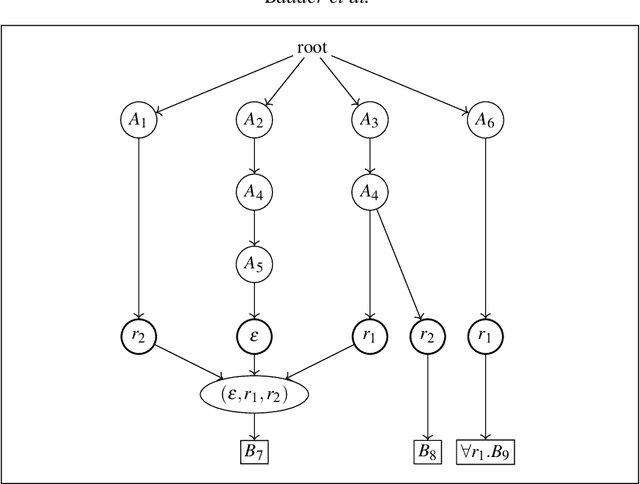

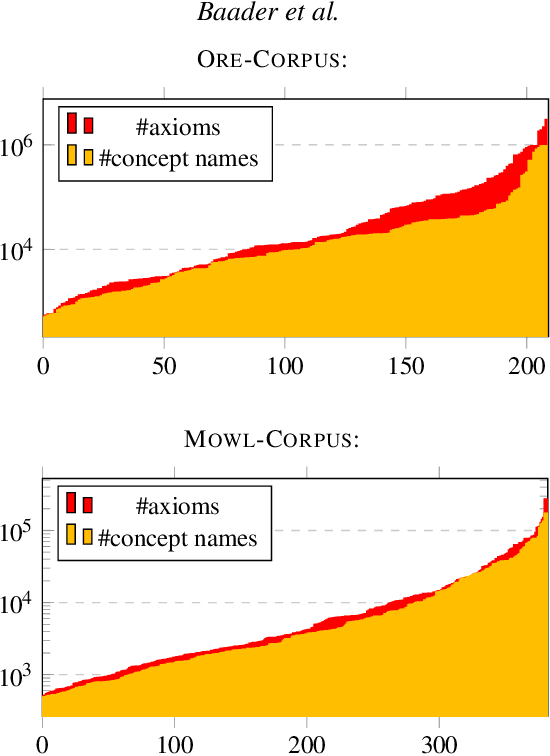
Abstract:The inexpressive Description Logic (DL) $\mathcal{FL}_0$, which has conjunction and value restriction as its only concept constructors, had fallen into disrepute when it turned out that reasoning in $\mathcal{FL}_0$ w.r.t. general TBoxes is ExpTime-complete, i.e., as hard as in the considerably more expressive logic $\mathcal{ALC}$. In this paper, we rehabilitate $\mathcal{FL}_0$ by presenting a dedicated subsumption algorithm for $\mathcal{FL}_0$, which is much simpler than the tableau-based algorithms employed by highly optimized DL reasoners. Our experiments show that the performance of our novel algorithm, as prototypically implemented in our $\mathcal{FL}_o$wer reasoner, compares very well with that of the highly optimized reasoners. $\mathcal{FL}_o$wer can also deal with ontologies written in the extension $\mathcal{FL}_{\bot}$ of $\mathcal{FL}_0$ with the top and the bottom concept by employing a polynomial-time reduction, shown in this paper, which eliminates top and bottom. We also investigate the complexity of reasoning in DLs related to the Horn-fragments of $\mathcal{FL}_0$ and $\mathcal{FL}_{\bot}$.
Finding Good Proofs for Description Logic Entailments Using Recursive Quality Measures (Extended Technical Report)
Apr 27, 2021

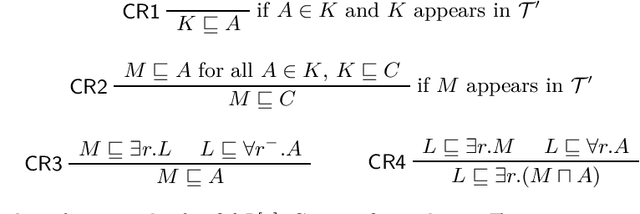
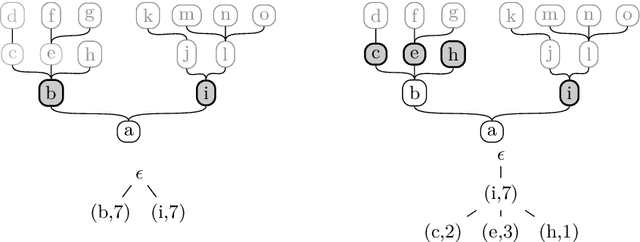
Abstract:Logic-based approaches to AI have the advantage that their behavior can in principle be explained to a user. If, for instance, a Description Logic reasoner derives a consequence that triggers some action of the overall system, then one can explain such an entailment by presenting a proof of the consequence in an appropriate calculus. How comprehensible such a proof is depends not only on the employed calculus, but also on the properties of the particular proof, such as its overall size, its depth, the complexity of the employed sentences and proof steps, etc. For this reason, we want to determine the complexity of generating proofs that are below a certain threshold w.r.t. a given measure of proof quality. Rather than investigating this problem for a fixed proof calculus and a fixed measure, we aim for general results that hold for wide classes of calculi and measures. In previous work, we first restricted the attention to a setting where proof size is used to measure the quality of a proof. We then extended the approach to a more general setting, but important measures such as proof depth were not covered. In the present paper, we provide results for a class of measures called recursive, which yields lower complexities and also encompasses proof depth. In addition, we close some gaps left open in our previous work, thus providing a comprehensive picture of the complexity landscape.
Satisfiability and Query Answering in Description Logics with Global and Local Cardinality Constraints
Feb 14, 2020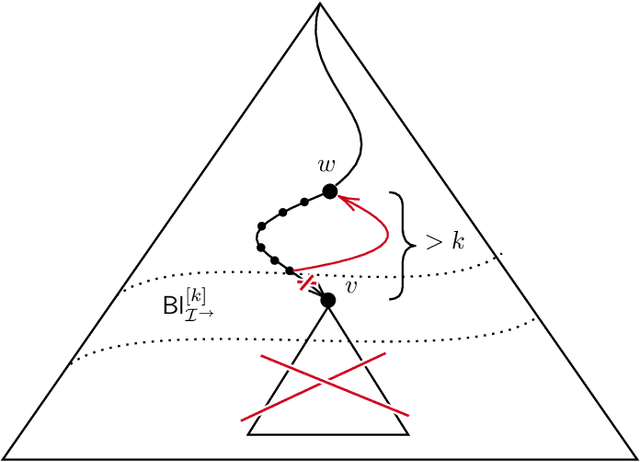
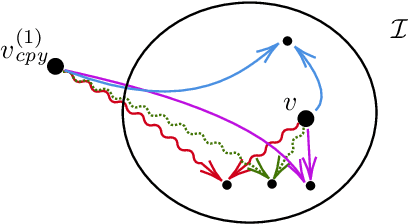
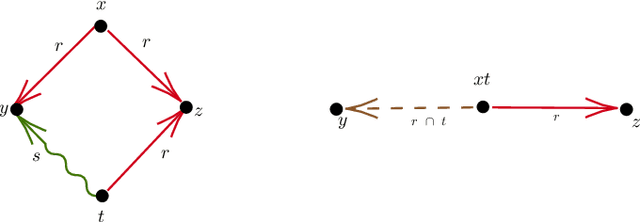
Abstract:We introduce and investigate the expressive description logic (DL) ALCSCC++, in which the global and local cardinality constraints introduced in previous papers can be mixed. On the one hand, we prove that this does not increase the complexity of satisfiability checking and other standard inference problems. On the other hand, the satisfiability problem becomes undecidable if inverse roles are added to the languages. In addition, even without inverse roles, conjunctive query entailment in this DL turns out to be undecidable. We prove that decidability of querying can be regained if global and local constraints are not mixed and the global constraints are appropriately restricted. The latter result is based on a locally-acyclic model construction, and it reduces query entailment to ABox consistency in the restricted setting, i.e., to ABox consistency w.r.t. restricted cardinality constraints in ALCSCC, for which we can show an ExpTime upper bound.
Extending Unification in $\mathcal{EL}$ to Disunification: The Case of Dismatching and Local Disunification
Oct 05, 2016
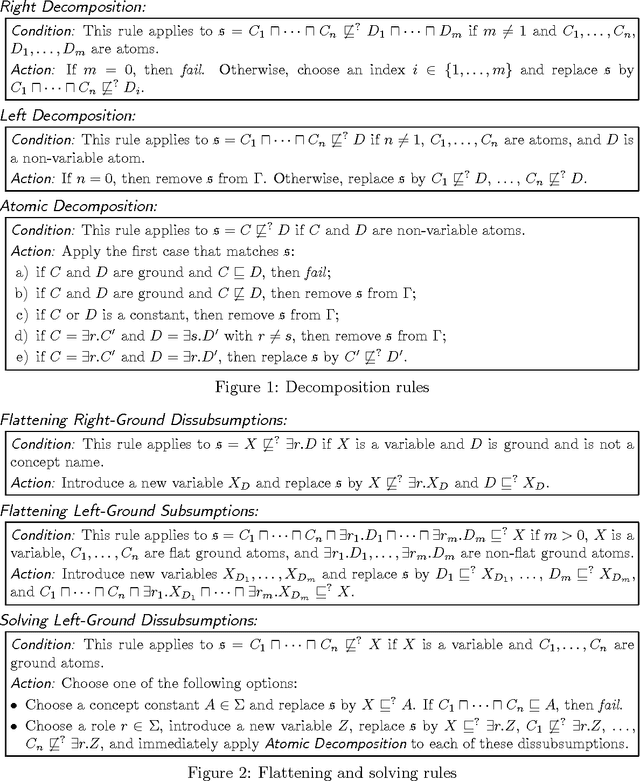
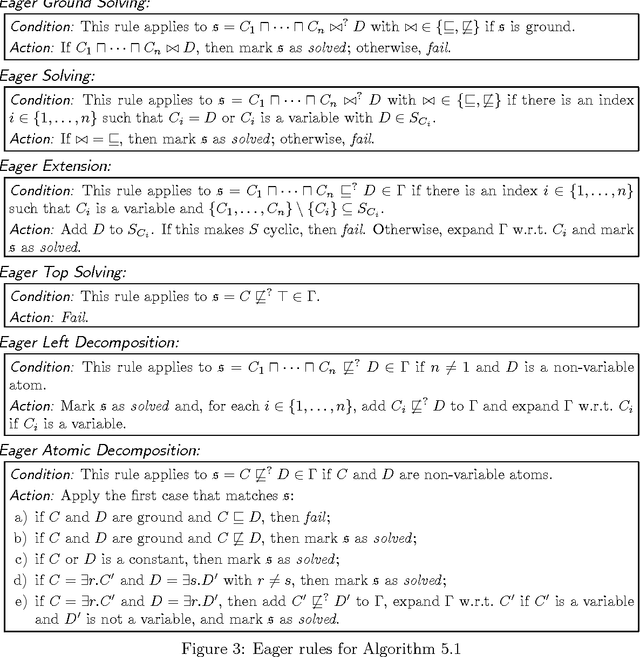
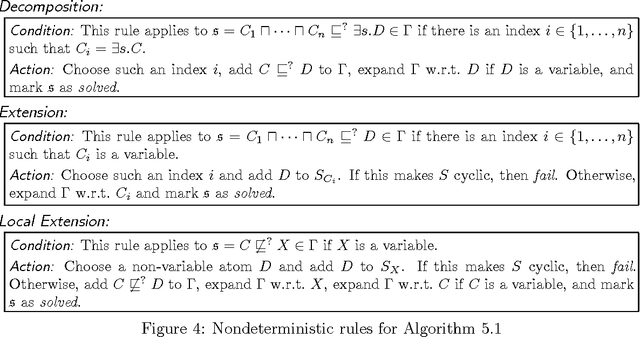
Abstract:Unification in Description Logics has been introduced as a means to detect redundancies in ontologies. We try to extend the known decidability results for unification in the Description Logic $\mathcal{EL}$ to disunification since negative constraints can be used to avoid unwanted unifiers. While decidability of the solvability of general $\mathcal{EL}$-disunification problems remains an open problem, we obtain NP-completeness results for two interesting special cases: dismatching problems, where one side of each negative constraint must be ground, and local solvability of disunification problems, where we consider only solutions that are constructed from terms occurring in the input problem. More precisely, we first show that dismatching can be reduced to local disunification, and then provide two complementary NP-algorithms for finding local solutions of disunification problems.
* 32 pages, extended version of a paper from RTA'15
Unification in the Description Logic EL
Sep 04, 2010
Abstract:The Description Logic EL has recently drawn considerable attention since, on the one hand, important inference problems such as the subsumption problem are polynomial. On the other hand, EL is used to define large biomedical ontologies. Unification in Description Logics has been proposed as a novel inference service that can, for example, be used to detect redundancies in ontologies. The main result of this paper is that unification in EL is decidable. More precisely, EL-unification is NP-complete, and thus has the same complexity as EL-matching. We also show that, w.r.t. the unification type, EL is less well-behaved: it is of type zero, which in particular implies that there are unification problems that have no finite complete set of unifiers.
* 31pages
 Add to Chrome
Add to Chrome Add to Firefox
Add to Firefox Add to Edge
Add to Edge